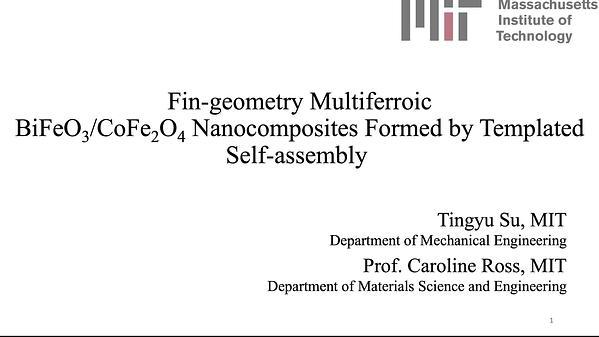Would you like to see your presentation here, made available to a global audience of researchers?
Add your own presentation or have us affordably record your next conference.
Spin-orbit torque (SOT) switching devices fabricated by combining van der Waals (vdW) based semiconducting ferromagnets (FMs) and Weyl semimetal (WSMs) are appealing because of electric field-controlled magnetism and unconventional charge to spin conversion, which can be exploited for modular memory and logic devices. For instance, the vdW based FM semiconductors, such as Cr2Ge2Te6 (CGT), offer us the opportunity to study SOT devices where electric field-controlled magnetism can be used for enhanced device functionalities1. Also, we have recently shown that field-free deterministic switching of perpendicular magnet can be obtained by utilizing the unconventional spin orbit torque in WTe22. In SOT switching devices, the electrical readout of the semiconducting FM layer is essential for device functionality. Electrical detection of magnetization in conventional insulating/ semiconducting ferromagnet (FM) is routinely achieved by utilizing the spin hall effect generated by the adjacent heavy metal layer3. The electrical readout of magnetization in 2D semiconducting FM has been demonstrated by coupling Cr2Ge2Te6 with heavy metals4 and topological insulators5. However, few reports have shown electrical detection in a vdW based semimetal/FM-semiconductor heterostructures. As shown in Fig. 1, our initial measurements have demonstrated electrical detection of magnetization in Cr2Ge2Te6 by measuring the anomalous Hall resistance in WTe2/CGT bilayers. On the same device, the resistance of individual CGT is more than 100 times higher than the resistance of the bilayer structure as plotted in Fig .2, therefore most of the current is flowing through the WTe2 layer. We will present detailed measurements, which are required to understand the observed anomalous Hall effect induced at the interface in WTe2/CGT bilayer systems.
References
1. I. A. Verzhbitskiy, H. Kurebayashi and H. Cheng, Nat. Electron., Vol. 3, p.460 (2020).
2. IH. Kao, R. Muzzio and H. Zhang, Nat. Mater. (2022).
3. A. S. Ahmed, A. J. Lee and N. Bagués, Nano Lett., Vol. 19(8), p.5683 (2019).
4. V. Gupta, T. M. Cham and G. M. Stiehl, Nano Lett., Vol. 20(10), p.7482 (2020).
5. V. Gupta, R. Jain and Y. Ren, arXiv:2206.02537 (2022).

